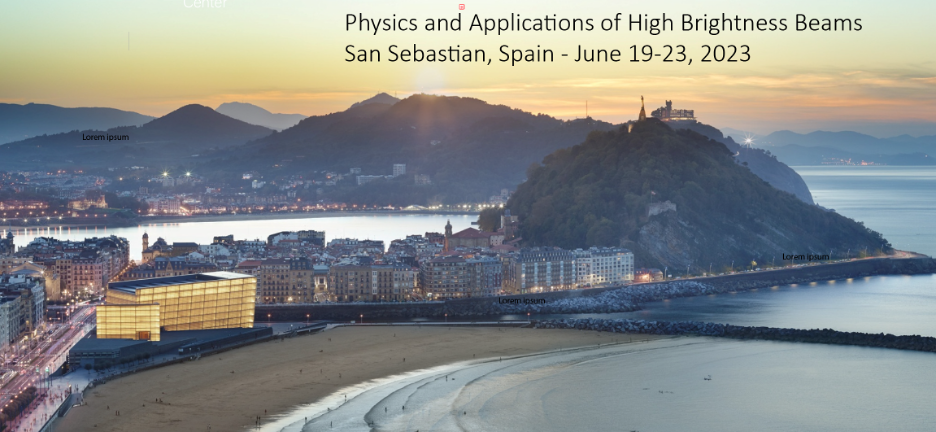Speaker
Description
Plasma photocathode injection in plasma wakefield acceleration (PWFA) has the potential to produce ultrahigh brightness beams with normalized emittance down to 10s of nm-rad and kA peak currents. Electron beams in PWFA may develop a large energy chirp due to the high accelerating gradient, which can be detrimental to beam quality preservation and prevent use in demanding applications such as free-electron lasers (FELs). Recent advancements suggest that the energy chirp can be compensated in a single PWFA-stage via the so-called ‘escort-beam’ approach [1] and drive an XFEL near the cold beam limit while preserving beam quality and charge [2]. Here, we present start-to-end simulations of a PWFA-driven FEL in the water window using a ‘direct’ beam-loading approach, in which energy-spread reduction occurs using a single bunch anticipated at SLAC FACET-II. These initial results inform the upcoming E-310 experiment, a successor of the E-210 program [3] at SLAC FACET-II, and indicate that a soft FEL could be driven with existing magnet and undulator technology.
[1] Manahan, G. & Habib, A.F. et al. Nat. Commun. 8, 15705 (2017)
[2] Habib, A.F. et al. Nat. Commun. 14, 1054 (2023)
[3] Deng, A. et al. Nat. Phys. 15, 1156–1160 (2019)

